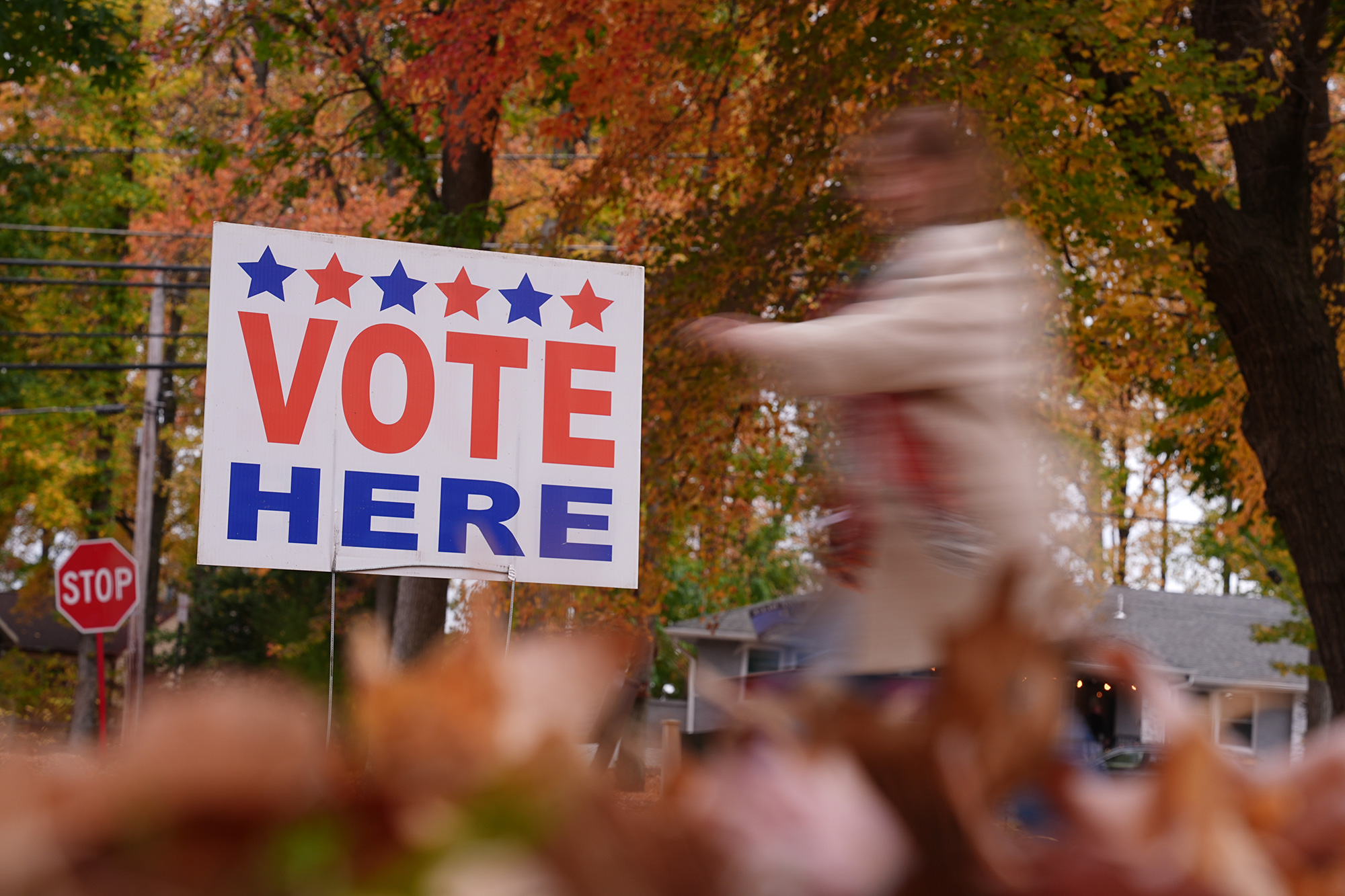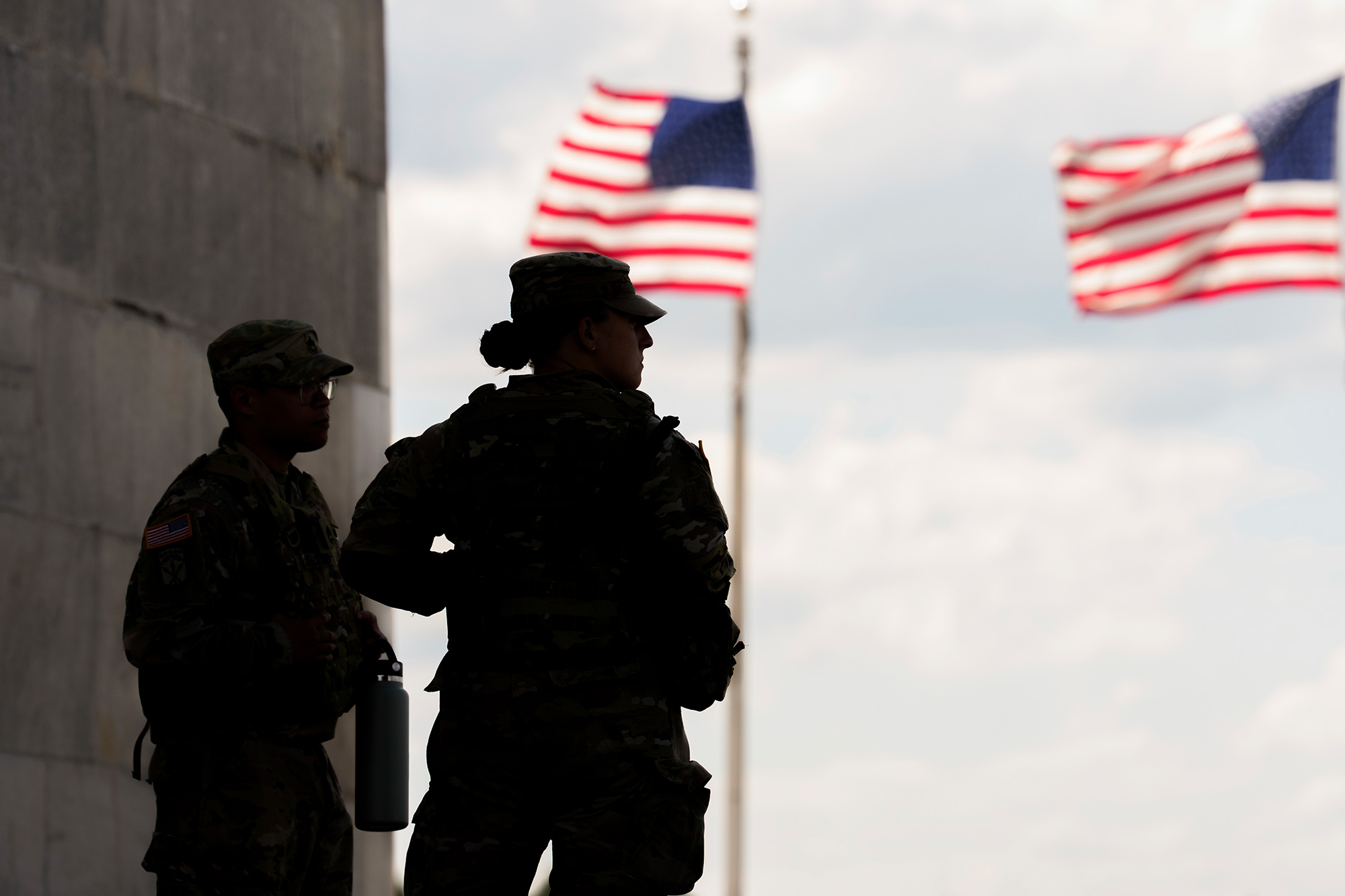Government shutdowns don’t save money, they waste it. Here’s what happens when Washington can’t keep the lights on.
We’re just over one month away from a government shutdown, and there’s no solution in sight.
Congress has until the end of September to pass either its annual appropriations bills or a short-term funding bill to keep the government running. Otherwise, the federal government will shut down on October 1st.
House Republicans including Rep. Marjorie Taylor Greene are warning they won’t vote for a short-term spending bill, while Senate Democratic leader Chuck Schumer threatened to block funding bills over President Trump’s previous spending cuts.
This is a slow-motion trainwreck unfolding right in front of our eyes. The economic consequences are real and wholly avoidable. This is what a shutdown means for America:
A Weaker Economy
Government shutdowns weaken the American economy.
When the government shut down for a little over two weeks in 2013, Moody’s Analytics determined it decreased economic activity by $20 billion. The month-long shutdown in late 2018/ early 2019 cost the economy $11 billion, according to the non-partisan Congressional Budget Office.
This didn’t just hit Wall Street or Washington, D.C. Everyday Americans paid the price. The White House Office of Management and Budget found that 120,000 fewer jobs were created as a result of the 2013 shutdown.
Taxpayer Dollars Wasted
Federal employees get sent home during a shutdown. But when the government re-opens, most workers receive backpay. In 2013, the White House Office of Management and Budget reported that $2.5 billion in pay and benefits went to furloughed employees who did not work during the shutdown.
Adjusting for inflation, that’s $3.5 billion wasted on work that was never done.
Everyday Services Gutted
Government shutdowns don’t just affect federal employees, they disrupt everyday life.
- National Parks close to visitors
- Passport and visa processing slows or halts
- The IRS halts most services during a shutdown, making their customer service even worse
- Small business and housing loans get stuck in limbo
- Food safety inspections are put on pause
A Dangerous Time for Instability
All of this comes at a particularly dangerous moment. Earlier this year, for the first time in more than a century, Moody’s downgraded America’s credit rating, signaling to investors that buying U.S. Treasury bonds is no longer a risk-free investment.
And Moody’s isn’t alone. The Treasury has been forced to offer higher interest rates on bonds recently to convince investors to buy them. With deficits soaring and Washington lurching from one fiscal fight to the next, investors are already uneasy. A shutdown would only reinforce the perception that Congress can’t manage the nation’s finances responsibly.
It’s Not Too Late
October 1st is a long way away. Congress returns to Washington right after Labor Day weekend with time to make a deal. But every day without progress brings us closer to a shutdown that would weaken our economy, waste taxpayer dollars, and shake investor confidence at the worst possible moment.
The clock is ticking.
Related
Peyton Lofton
Peyton Lofton is Senior Policy Analyst at No Labels and has spent his career writing for the common sense majority. His work has appeared in the Washington Examiner, RealClearPolicy, and the South Florida Sun Sentinel. Peyton holds a degree in political science from Tulane University.




